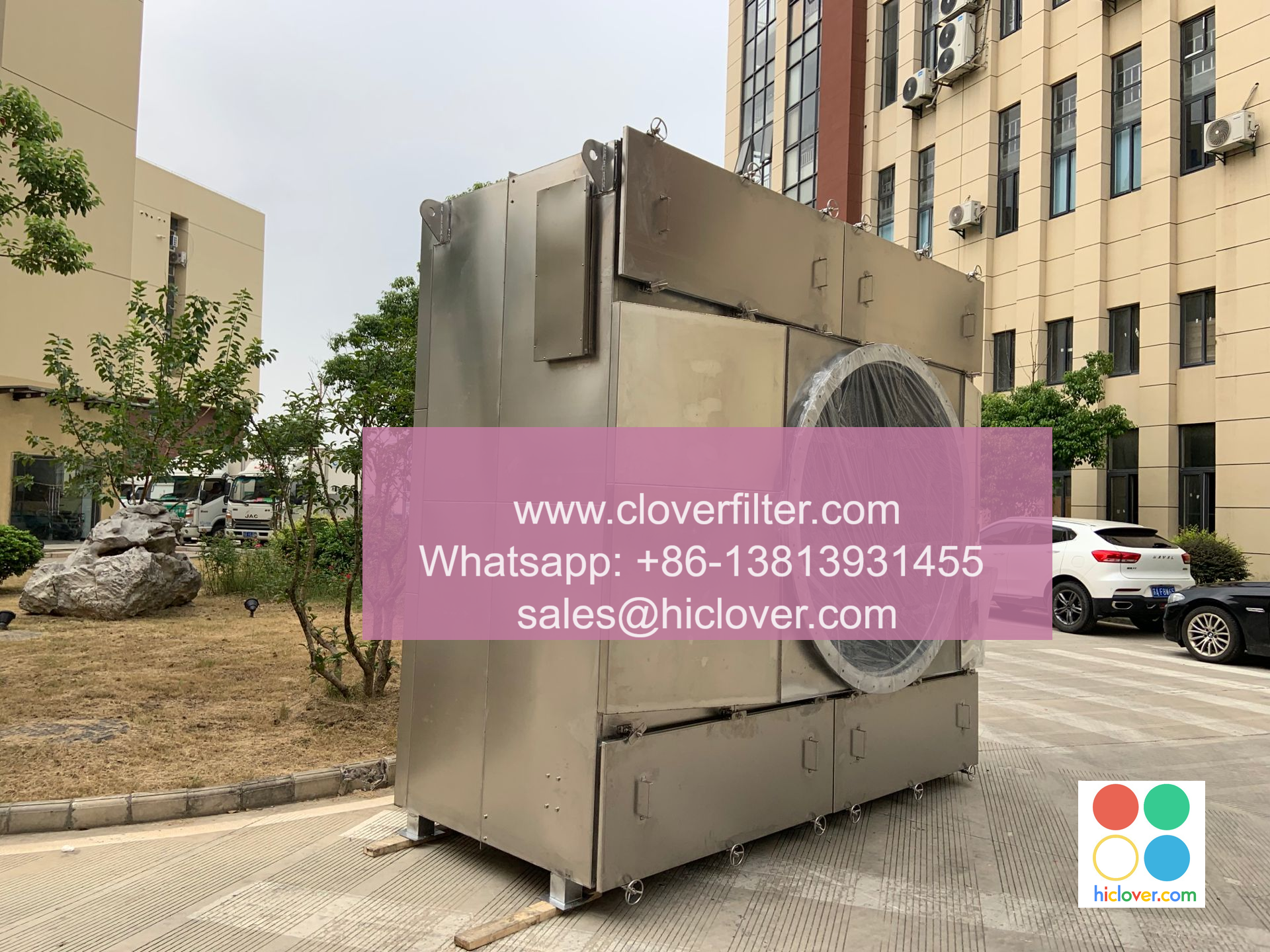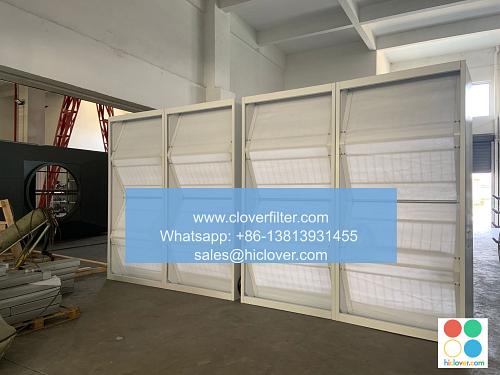Air Filter Project: Improving Indoor Air Quality in Schools

The Air Filter Project is an innovative initiative aimed at enhancing indoor air quality in educational institutions, focusing on the health and wellbeing of students, teachers, and staff. This project understands the importance of clean air and its impact on academic performance, cognitive development, and overall student health. By leveraging advanced air filtration technologies, the project seeks to create healthier learning environments, promoting indoor air quality that is conducive to productivity and focused learning.
Introduction to Indoor Air Quality Issues in Schools
Schools often face challenges related to poor ventilation, indoor pollution, and outdoor pollutants that infiltrate the indoor air space. These factors can lead to the presence of particulate matter, volatile organic compounds (VOCs), nitrogen dioxide, and other harmful substances, compromising the air quality and potentially causing respiratory issues, allergies, and asthma among students and staff. The Air Filter Project addresses these concerns by implementing high-efficiency air filters and advanced air purification systems to minimize the concentration of pollutants and improve the overall indoor air quality.
The Air Filter Project has several application areas where it can significantly impact indoor air quality:
– Classrooms: Equipping classrooms with HEPA filters and air purifiers to reduce airborne particles and pathogens, creating a healthier learning environment.
– Administrative Offices: Improving air quality in administrative areas to ensure staff wellbeing and productivity.
– Libraries and Resource Centers: Enhancing air quality in areas with high book and material concentration, which can be sources of
– Gymnasiums and Sports Facilities: Implementing advanced air filtration systems to remove moisture and odors, reducing the growth of mold and mildew.
Technologies and Solutions
The Air Filter Project utilizes a range of cutting-edge technologies and solutions to achieve its objectives, including:
– HEPA (High Efficiency Particulate Air) Filters: Capable of capturing 99.97% of particles as small as 0.3 microns, including dust, pollen, mold, and bacteria.
– Activated Carbon Filters: Effective in removing gases, odors, and chemicals from the air.
– UV Light Purification: Using ultraviolet light to kill bacteria, viruses, and other microorganisms.
– Smart Air Quality Monitoring Systems: Providing real-time air quality data to optimize filter performance and maintenance scheduling.
Benefits and Future Directions
The Air Filter Project offers numerous benefits, including improved student health, enhanced cognitive function, and increased academic performance. Additionally, it contributes to reduced absenteeism and improved staff wellbeing, making schools more productive and effective learning environments. As the project expands, it aims to integrate sustainable practices, energy-efficient solutions, and community engagement initiatives to promote environmental awareness and responsibility among students, teachers, and the broader community. By focusing on indoor air quality and leveraging advanced air filtration technologies, the Air Filter Project paves the way for healthier, more sustainable, and supportive educational environments. You haven’t provided a question or topic for me to assist with. Please provide more context or information so I can help you effectively. What would you like to talk about or ask?

